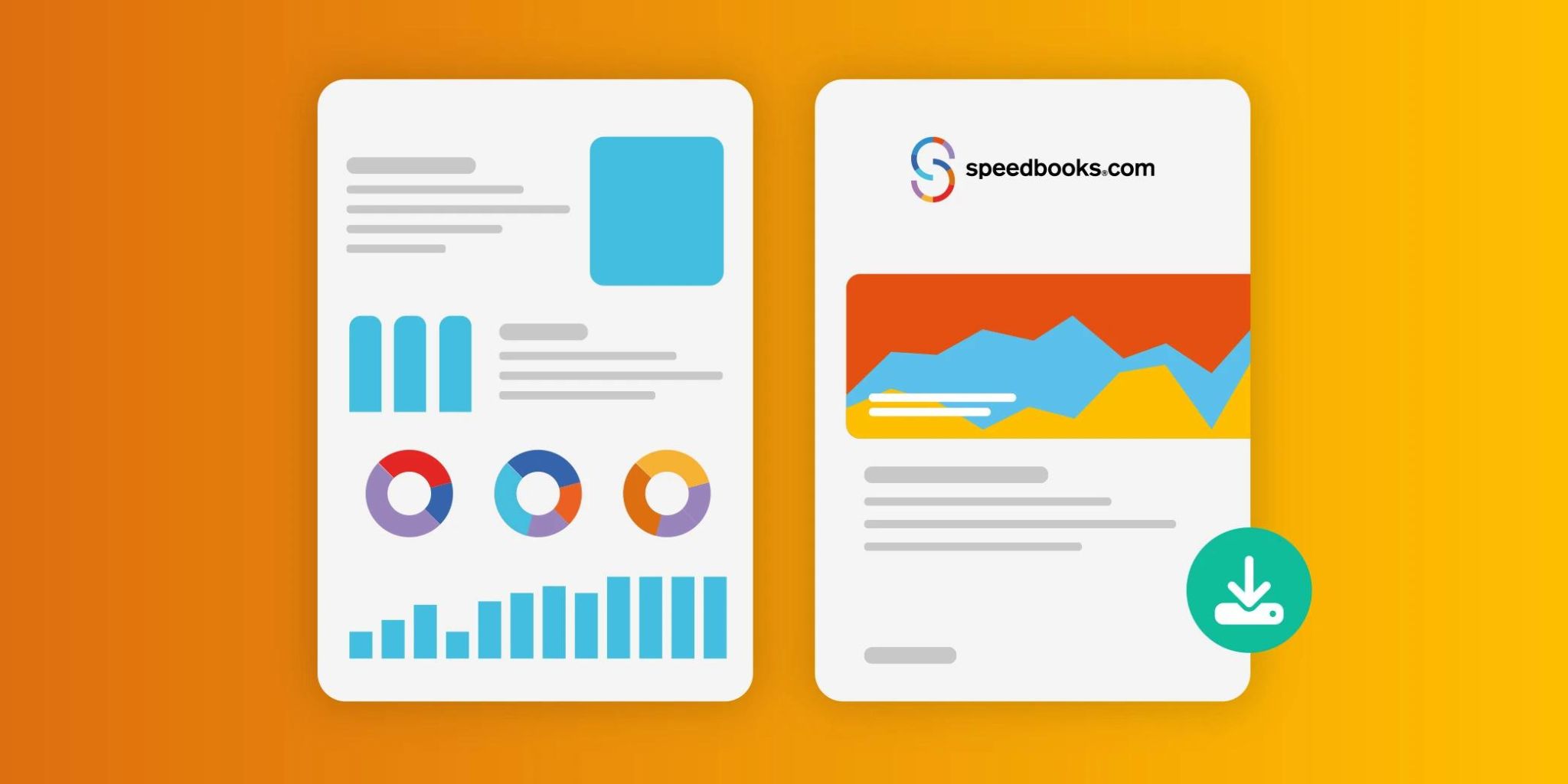Is there a difference between a financial forecast and a financial prognosis?
The difference between forecast and forecast; they are both tools used in financial planning and analysis to predict future financial performance.
Although they have similar purposes, there are some important differences between financial forecast and forecast.
Literal translation
Translated into Dutch, you could probably use the word ‘prediction’ for both terms. And that is correct, but as technical terms they have a different meaning. We will explain the difference below.
Predicting the near future
A financial forecast is a structured estimate of future financial results based on historical data, expected costs, future trends and internal information.
The purpose of a forecast is to gain insight into the expected figures; turnover, expenses and profitability in the short term, usually for a period of one year.
Free example reports and brochures
View and download a free sample liquidity budget here. With the Speedbooks sample liquidity budget you can see how easy it is to create a liquidity budget.
Download the Speedbooks® sample reports and brochures for free and experience the ease and benefits yourself.

Looking back and forward
A forecast is based on quantitative models, historical financial data and trends and figures from a certain period, market analyses, historical financial data such as past performance and realized costs, known fixed costs and indirect costs and internal expectations.
It is often used as an operational tool to determine budgets, set financial objectives and support operational decisions within a company.

Long term predictions
Financial forecasts are actually more strategic predictions, such as about future performance and the financial situation of a company.
Financial forecasts provide a financial perspective and often extend over a certain period of several years, for example three to five years, and are aimed at identifying long-term trends, growth potential and possible (financial) risks and opportunities.
Financial forecasting is more
Financial forecasting goes beyond just predicting revenues and expenses; it often includes balance sheet forecasts, cash flow forecasts, and other financial indicators.
Balance sheet forecasts refer to predictions of a company’s financial condition at a specific point in time, usually at the end of a fiscal year.
Cash flow forecasts, on the other hand, focus on predicting a company’s cash inflows and outflows over a period of time.
What does the balance sheet forecast consist of
They include the assets, liabilities, and equity of the company. Forecasting helps identify potential liquidity problems, assess debt positions, and determine the financial stability of a company.
By creating realistic and accurate forecasts, companies can better align their financial strategies with future needs and challenges.
What is a cash flow forecast or cash flow forecast
This includes operating cash flow (sales of goods or services), investing cash flow (purchase of assets or investments) and financing cash flow (loans, share issues or dividend payments).
Cash flow forecasts help assess a company’s liquidity position and identify any shortfalls or surpluses in cash flows. They provide valuable insights into a company’s ability to meet its short-term obligations and invest in growth and development.
Determining strategic objectives
Financial forecasting is commonly used in strategic planning, investment decisions, mergers and acquisitions, and in assessing the long-term financial health and stability of a company.

Ah yes! moment
The key difference between a financial forecast and a financial forecast is therefore the time period and the level of detail that is being forecasted. A forecast focuses on short-term planning, often within one year, and involves operational decisions and budgeting.
A financial forecast, on the other hand, focuses on the long term, often several years, and involves strategic planning and investment decisions.
Even more predictions
To predict the potential financial impact of possible opportunities and threats on a company or organization, you can sketch different future outcomes or situations in figures, so-called financial scenarios.

Influencers
Specific factors that can influence financial planning and performance, revenues and costs, include market trends, inflation, exchange rates, competition and (changing) regulations.
This then results in variable costs and an unclear disposable income for the organization. Determining a budget that can be spent on growth and investments, for example, is difficult.
Better prepared
Yet you want to be able to determine a course, planning or strategy based on a sound financial forecast. You do this by combining the above-mentioned uncertain variables and creating different combinations.
In this way, scenarios and expectations can be drawn up that predict different possible future situations. The future expectations in terms of liquidity forecast are especially interesting and important.
Cash under control
Financial forecasts and forecasts for a short upcoming period, for example a month, show how you could perform based on historical data, what the expectations are, whether you can make investments without being short of cash.
Making a good forecast of your liquidity gives an overview of the expected income and expenses in the upcoming (short) period.
What is liquidity again
Receivables from customers, or debtors, and ‘real’ money in cash or as bank deposits, investments that can be converted into cash at any time, such as shares or bonds and savings accounts, constitute the liquid assets or liquidity of a company.

The bill can be paid
The liquidity forecast of the financial result and the short-term financial future is important. The results must of course always be and remain higher than the costs.
You must make forecasts to estimate that you can meet your financial obligations, such as paying your creditors, interest and repayments, rent, personnel costs and sales tax, because otherwise the company will go bankrupt.
Future financial situation & solvency
As a company, you are solvable if you have good financial prospects and coverage in the (somewhat) longer term. It is the ratio between the equity and the total assets of a company.
It shows whether a company is financially healthy and whether it can pay off its debts in the long term.
Equity is the difference between a company's assets and debts, while debt is money that the company has borrowed to make investments, such as in machinery, for example.

Pro-active tool
By analyzing the financial results resulting from each scenario, an organization can be better prepared for different future circumstances and can make proactive and often better decisions to adapt their strategy and operational plans and goals to the changing environment.
A practical example
In practice, it does happen that an organization is in a slightly worse position in terms of liquidity for a short period of time due to unforeseen circumstances, while its solvency simply looks good.
For example, when a guaranteed order first has to be purchased. No reason to panic, but take this into account when drawing up financial forecasts, such as an expected profit and loss account.
Keep them rolling; rolling forecasts
Everything under control
With the prognoses and forecasts that you make with a professional reporting tool, such as Speedbooks®, you are always ‘in control’. Good prognoses and forecasts are easy to make and even easier to understand and explain.
The 3-year forecast report also contains balance sheet and liquidity forecasts, for example. This data can be displayed both in figures and graphically in the online financial dashboard and an app. Real time, 24/7 and worldwide!


About the author drs. Konstantijn Mikes
Founder, inventor and shareholder of Speedbooks reporting software Konstantijn Mikes (1966) is a graduate economist. He studied Economics at the leading Erasmus University in Rotterdam.
At Speedbooks he is responsible for the content development of the reporting software, and he manages the internal developers and the external developers.
